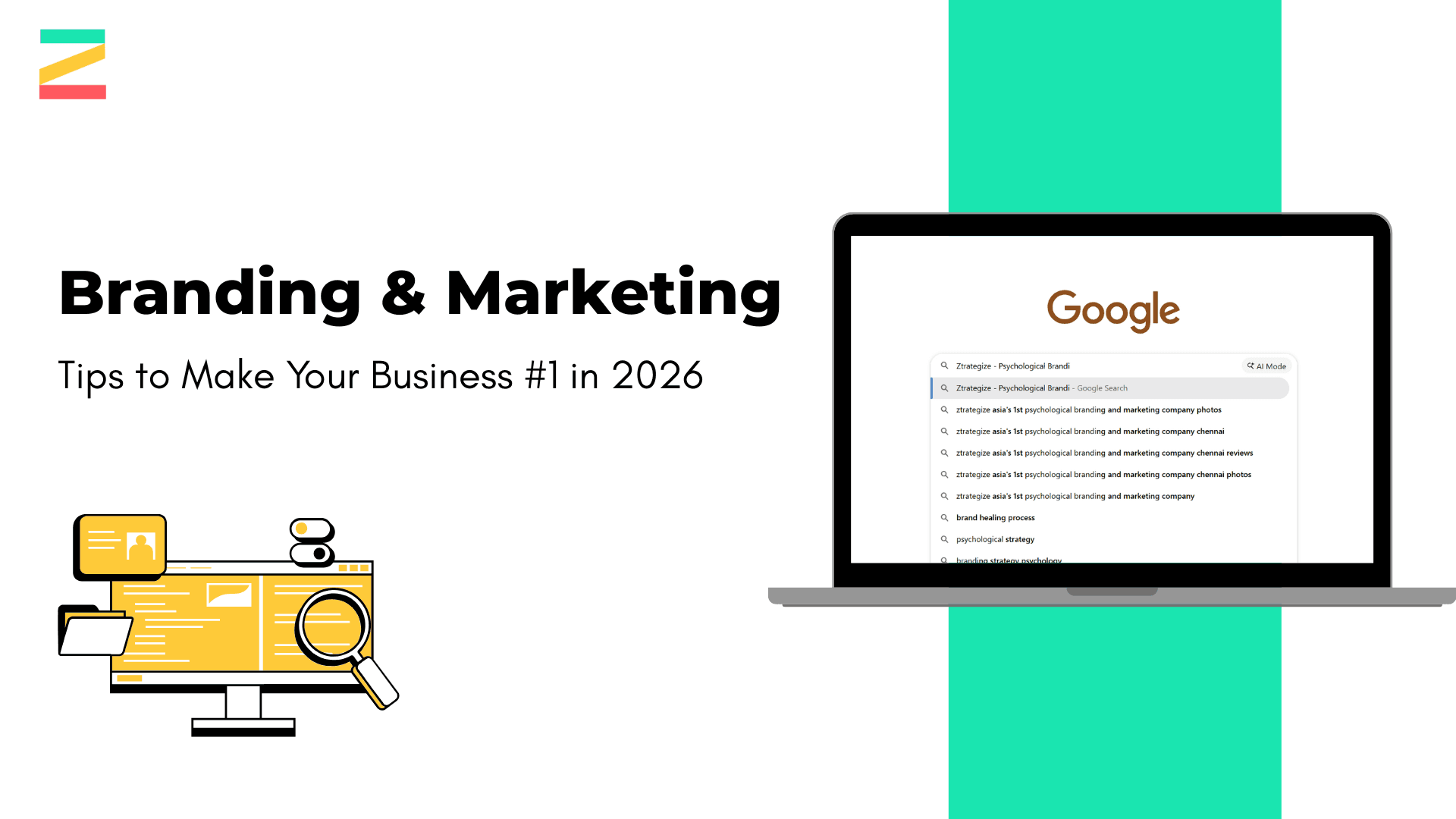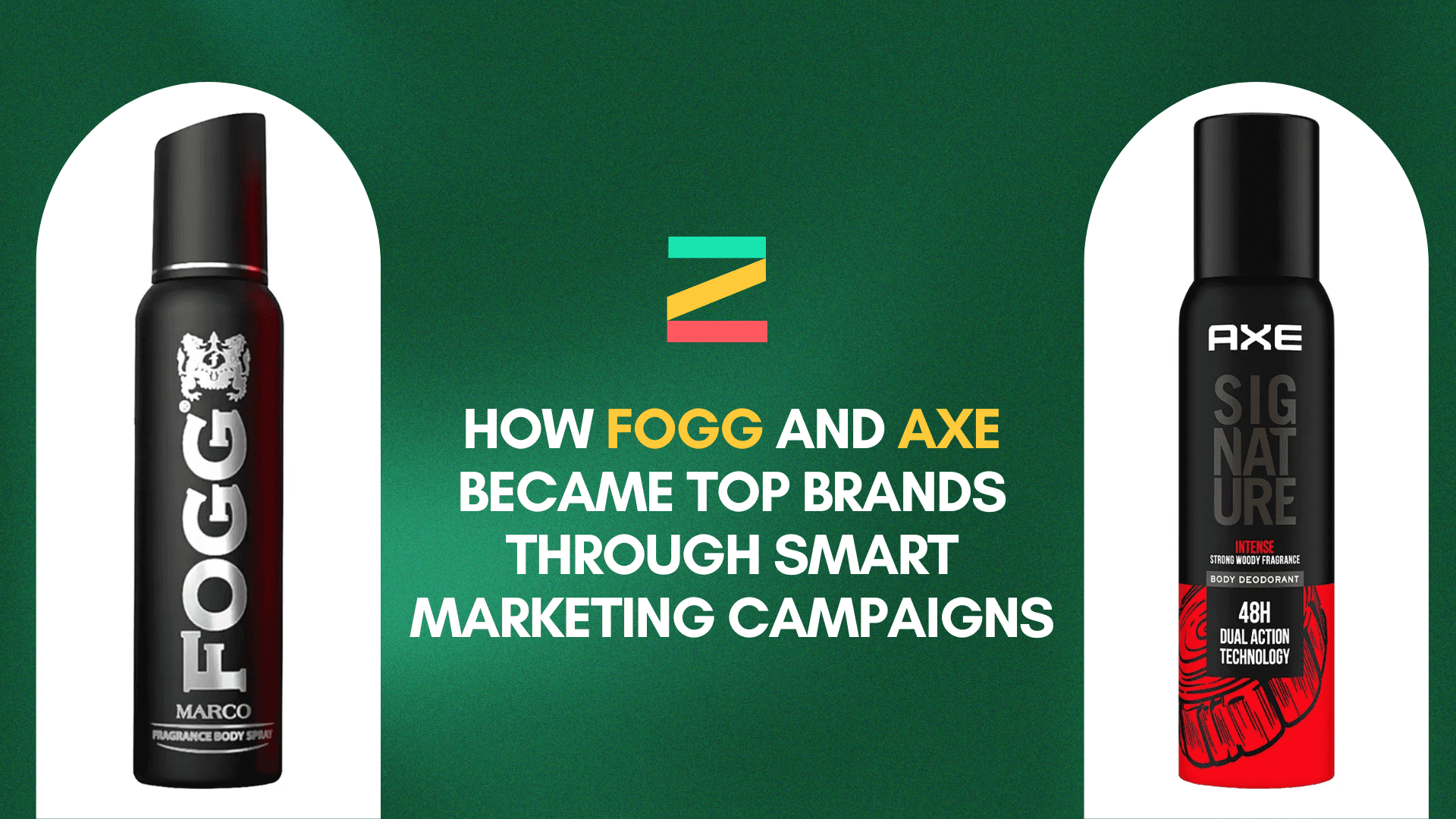Oct 24, 2025
India woke up to heartbreaking news on October 24, 2025 Piyush Pandey, the man who changed the face of Indian advertising, passed away at the age of 70 in Mumbai. The creative legend, who had been serving as Chief Advisor of Ogilvy South Asia, reportedly died of cardiac arrest.
Leaders, artists, and marketers across the world mourned his loss. Prime Minister Narendra Modi paid tribute, calling him “a creative genius who understood the pulse of the people and gave Indian advertising its unique voice.”
Pandey’s passing isn’t just the end of an era in advertising; it’s the farewell of a storyteller who made brands part of our everyday language. From Cadbury’s “Kuch Khaas Hai” to Fevicol’s “Fevicol Ka Jod Hai, Tootega Nahi” and the politically transformative “Ab Ki Baar, Modi Sarkar,” his creations captured the heart and humor of India.
A Life That Redefined Indian Advertising
Born in Jaipur in 1955, Piyush Pandey’s journey was anything but conventional. Before joining Ogilvy & Mather in 1982, he had been a tea taster and a cricketer for Rajasthan. Yet his love for storytelling and his ability to understand Indian sensibilities set him on a path that would redefine the advertising landscape forever.
At the time, Indian advertising was heavily influenced by Western glossy visuals, elite English, and little cultural context. Pandey brought something refreshingly real to India’s voice. His ads spoke in the tone of Indian families, rooted in emotion, humor, and relatability.
He often said:
“India is not one country; it’s a million stories. You can’t sell to India; you must speak to her.”
And that’s exactly what he did for four decades.
The Ogilvy Era: From Words to Culture
Pandey joined Ogilvy & Mather at a time when it was still finding its creative rhythm. Over the years, he rose to become Executive Chairman and Chief Creative Officer (India and South Asia), turning the agency into a storytelling powerhouse.
He believed great advertising came from real observation from tea stalls, train rides, and everyday conversations. Under his leadership, Ogilvy’s ads began reflecting the “sound of India,” not borrowed foreign tones.
Pandey’s creative philosophy was simple:
Emotion first, product second.
Speak simply, speak truly.
Make people feel, not just think.
Top Iconic Campaigns That Defined His Career
Fevicol – “Fevicol Ka Jod Hai, Tootega Nahi”
If there’s one campaign synonymous with Indian creativity, it’s this. A simple glue became a cultural metaphor for strength and unity.
From the overloaded bus that miraculously holds together to villagers sitting on an unbreakable bench, every Fevicol ad was humorous, rustic, and deeply Indian.
Pandey once said, “Fevicol is not about sticking wood; it’s about sticking relationships.”Cadbury Dairy Milk – “Kuch Khaas Hai Zindagi Mein”
In the early ’90s, chocolate was a child’s indulgence. Pandey changed that perception with a young woman biting into a Dairy Milk bar at a cricket match and running onto the field dancing with joy.
It wasn’t just an ad; it was a moment of liberation. Chocolate became a treat for adults, a celebration of emotion.
The line “Kuch Khaas Hai Zindagi Mein” still evokes nostalgia even decades later.
Asian Paints – “Har Ghar Kuch Kehta Hai”
With this campaign, Pandey turned paint into poetry. The message was that homes aren’t built by bricks but by memories. Each wall, each color, tells a story of festivals, laughter, and family.
Bajaj – “Humara Bajaj”
Before “Make in India,” there was Humara Bajaj. This campaign celebrated India’s self-reliance and pride, portraying Bajaj as not just a scooter brand but a symbol of Indian identity.
The song “Buland Bharat Ki Buland Tasveer” became a patriotic anthem that united middle-class India.
“Do Boond Zindagi Ke” – Polio Eradication Campaign
Pandey also lent his voice to social causes. This government-backed campaign encouraged parents to vaccinate their children against polio.
Its simplicity and emotional tone reached every corner of India, making it one of the most effective public-health communications ever.
The Political Turn: “Ab Ki Baar, Modi Sarkar”
While Pandey had created countless commercial and social campaigns, his work for the 2014 BJP election campaign remains one of his most politically influential projects.
When the Bharatiya Janata Party approached Ogilvy in late 2013, Pandey and his team were initially hesitant. The agency had never taken on political campaigns. But after meeting Narendra Modi, then Chief Minister of Gujarat, Pandey agreed to lend his creative expertise.
The Birth of a Slogan That Changed Indian Politics
In just four words, “Ab Ki Baar, Modi Sarkar,” Pandey captured a nation’s longing for change.
The slogan was direct, rhythmic, and emotionally charged. It worked as both a promise and a chant, easy to repeat and hard to forget.
Pandey’s team made a bold choice: focus on the leader rather than the party. The campaign portrayed Modi as decisive, relatable, and aspirational a man who could transform India’s future.
Campaign Strategy
The ads were rolled out across every medium-TV, radio, print, and digita, in multiple regional languages. They featured everyday citizens sharing their frustrations and hopes, followed by the refrain:
“Ab Ki Baar, Modi Sarkar.”
This approach transformed a political message into a mass movement. The slogan became part of popular culture, sung in villages, echoed in rallies, and even parodied in everyday conversation.
Impact and Influence
The campaign played a pivotal role in shaping BJP’s victory in 2014 and introduced the concept of brand-based political marketing in India.
Even today, the phrase “Ab Ki Baar, Modi Sarkar” stands as one of the most powerful and recognizable slogans in Indian political history, proving that advertising, when rooted in truth and emotion, can move nations.
Pandey’s Creative Philosophy
What made Piyush Pandey’s work unforgettable was his human understanding. He didn’t just make ads; he made moments. His stories captured the warmth and contradictions of India.
Here are a few of his timeless principles:
Keep it Simple: Great ideas don’t need complicated words. The best line is one anyone can repeat.
Speak from the Heart: If an ad doesn’t touch emotions, it’s just noise.
Stay Culturally True: Use the language, music, and humor of your audience, not borrowed styles.
Relate, Don’t Sell: He sold feelings, not features.
Respect the Audience: Pandey always said, “Don’t underestimate the intelligence of the common man.”
He often credited his success to his ability to listen to chai-walas, cab drivers, and families, finding inspiration in ordinary conversations.
Beyond Advertising: The Man, the Mentor
Those who worked with him remember not just his creative brilliance but also his humility. Despite global recognition, Pandey remained approachable, funny, and deeply rooted in his Indian identity.
He was known for his signature moustache, booming laugh, and the ability to turn any brief, however dull, into a story worth telling.
He authored the book Pandeymonium, part memoir, part guide, where he reflected on his creative journey and encouraged young advertisers to “trust their instincts and speak from the gut.”
Under his leadership, Ogilvy India won numerous international awards, including Cannes Lions, Clio Awards, and Effies, cementing its place among the most creative agencies in the world.
The Final Chapter: Remembering the Legend
On October 24, 2025, when news broke that Piyush Pandey had passed away, the advertising world fell silent.
Industry peers called it a “creative eclipse.” Ogilvy India released a heartfelt statement describing him as “the beating heart of Indian advertising.”
From film directors to politicians, tributes poured in:
PM Modi wrote, “Piyush Pandey was a creative genius who understood India’s heart and mind.”
Amitabh Bachchan recalled their collaborations, saying, “He made India smile through his words.”
Colleagues called him “India’s original storyteller.”
His death leaves behind not just an empty chair at Ogilvy, but a void in India’s cultural memory. Yet, his ideas will continue to live on in every jingle that makes you hum, every slogan that makes you proud, and every ad that makes you smile.
Lessons from Piyush Pandey’s Legacy
For marketers, creatives, and dreamers, Pandey’s journey offers timeless lessons:
Understand your people. Listen before you speak.
Emotions last longer than logic.
Don’t chase trends. Create timeless truths.
Authenticity beats perfection.
One simple line can change everything.
If Fevicol stuck India together, if Cadbury made us dance, and if a slogan helped shape a nation’s narrative, it’s because one man believed in the power of simplicity and storytelling.
Conclusion
Piyush Pandey’s story is more than a career in advertising; it’s a celebration of creativity, courage, and connection.
He taught India how to see itself proudly, humorously, and authentically. From “Har Ghar Kuch Kehta Hai” to “Ab Ki Baar, Modi Sarkar,” his words have become part of India’s collective memory.
Though he may be gone, his ideas continue to breathe through every billboard, radio jingle, and film script inspired by his craft.
Piyush Pandey didn’t just sell products or politicians
He sold stories.
He sold India.
And that’s why his legacy will never fade.



